Test System and Benchmarks
| Processor | AMD R3 2200G, R5 2400G, Intel Core i5-8400 |
| CPU Cooler |
AMD Wraith Stealth, Stock Intel |
| Power Supply |
Corsair HX850W 80 Plus Gold PSU |
| Memory | G.Skill FlareX DDR4 3200 CL 14-14-14-34 |
| Storage | Kingston HyperX Fury SSD (OS), Kingston HyperX Predator 240 (PCIe M.2) |
| Graphics | Integrated (Ryzen 3 2200G & Ryzen 5 2400G), Zotac GT 1030 2G (Intel), EVGA GTX 1060 SC |
| Motherboard(s) | MSI B350I Pro AC (Ryzen), MSI Z370 Mortar (Intel) |
| Operating System | Windows 10 Pro x64 (1709) |
For the Ryzen APUs, the integrated GPU settings were changed. I set the GPU memory at the maximum which is 2G and I also set A-XMP which set the RAM to run at 3200MHz. For the Intel system, I disabled the integrated GPU and also set XMP which again set the ram to run at 3200Mhz.
For those that are wondering, I didn’t feel the need to compare the Vega 8 & 11 against the Intel integrated GPU. Intel’s integrated solution hasn’t changed much over the last few generations and has tested poorly in gaming benchmarks. I felt it was a wasted effort benchmarking a CPU with an integrated solution designed around gaming vs one that was not.
CPU and Memory Benchmarks
The AIDA64 suite has various benchmarks for CPU, FPU, and memory testing: CPU Queen is an integer benchmark that tests branch prediction and misprediction penalties. CPU PhotoWorxx tests the SIMD integer arithmetic execution units of the CPU and the memory subsystem. CPU ZLib is a compression benchmark that tests the combined CPU and memory performance. CPU AES is a multi-core encryption benchmark that uses Advanced Encryption Standard data encryption. CPU Hash is an integer benchmark that measures performance using the SHA1 hashing algorithm.
MAXON’s Cinebench R15 runs two sets of benchmarks, a processor test for the CPU and an OpenGL test for the graphics processor. The 3D rendering workload is based on Maxon’s Cinema 4D, a program utilized by movie production studios worldwide for special effects so it is a semi-synthetic test closer to real-world 3D graphics benchmarking.
Compression Benchmarks
7-zip is an open source (GNU) compression program utilizing LZMA method as the default.
Gaming Benchmarks
Futuremark’s 3DMark is a semi-synthetic gaming benchmark that calculates both graphics and CPU-bound physics in a controlled series of tests and provides scores that can be compared with other gaming platforms. Unigine Heaven is a synthetic benchmark that is completely GPU bound for testing possible PCI-E graphics performance inconsistencies.
Superposition is the latest benchmark from Uningine. The tests were performed at the 1080p setting.
Overwatch and Rocket League are super popular eSports games. AMD is billing the Ryzen 2000G series as one of the best eSports CPUs available.
Skyrim special edition is the latest update to the ever popular Skyrim. The special edition adds features like remastered art and effects, volumetric god rays, dynamic depth of field.
Civilization VI can be fairly taxing on both the CPU and GPU as the CPU is calculating AI positions and moves while the CPU is rendering on scene graphics.
Middle Earth Shadow of War is the latest update to the series and continues with the fantastic graphics found in Shadow of Mordor.
Hitman (2016) is the next chapter in the hitman franchise. The graphics engine used is Glacier 2, which has now been updated to support DirectX 12.
Battlefield 1 takes you back to World War I. There are different parts of the campaign in different areas throughout the theater. The game features ground base FPS, tank battles, and air battles with biplanes. I hopped into Big Bess and started off after the enemy. Both DX 11 and DX 12 were benchmarked for Battlefield 1.
Discrete Graphics Card Gaming
It doesn’t seem unreasonable that a consumer may purchase a discreet card either at the same time as buying the Ryzen 2000G series or purchased later on down the road. My original plan called for using a GTX 1060 3G card however, I could not get it to boot nor get Windows to show the hardware in the device manager. My EVGA GTX 1060 SC booted just fine. I ran just a few tests to see how well the R3 2200G and the R5 2400G fare with a discrete card installed. The other portion of the CPU that I wanted to test is the fact that the Ryzen R3 2200G and the Ryzen R5 2400G only have 8 PCIe lanes available. All game settings were set to the in-game high setting and Firestrike was left at the defaults.
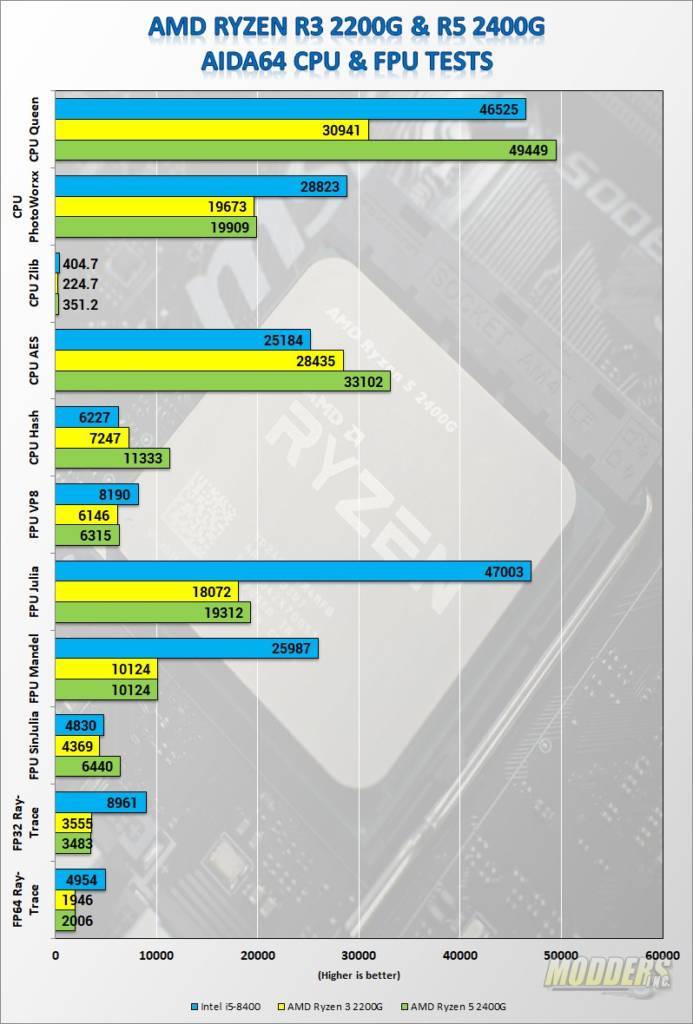
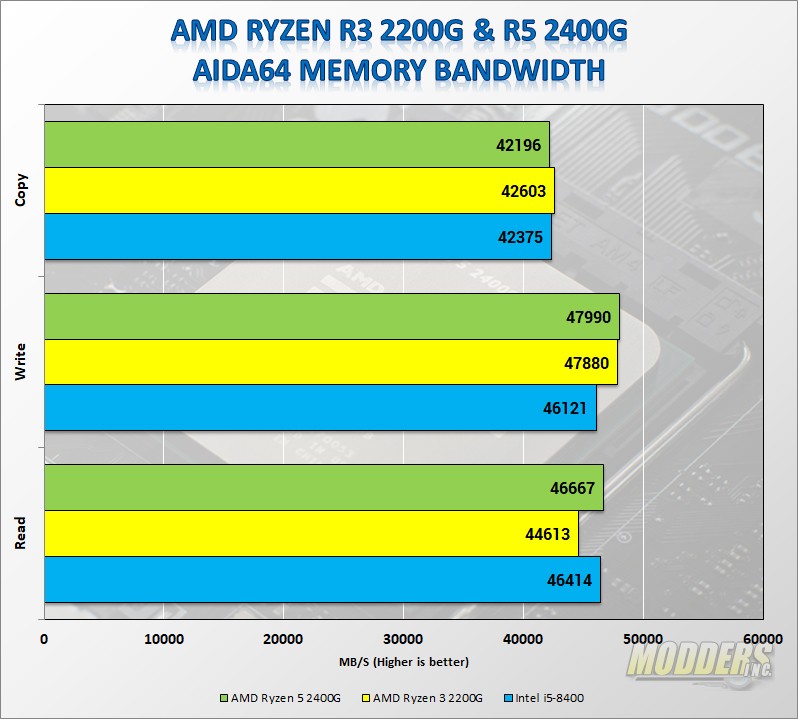
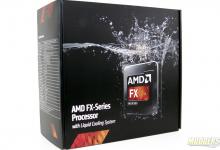
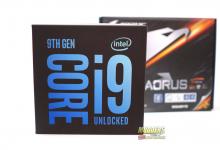
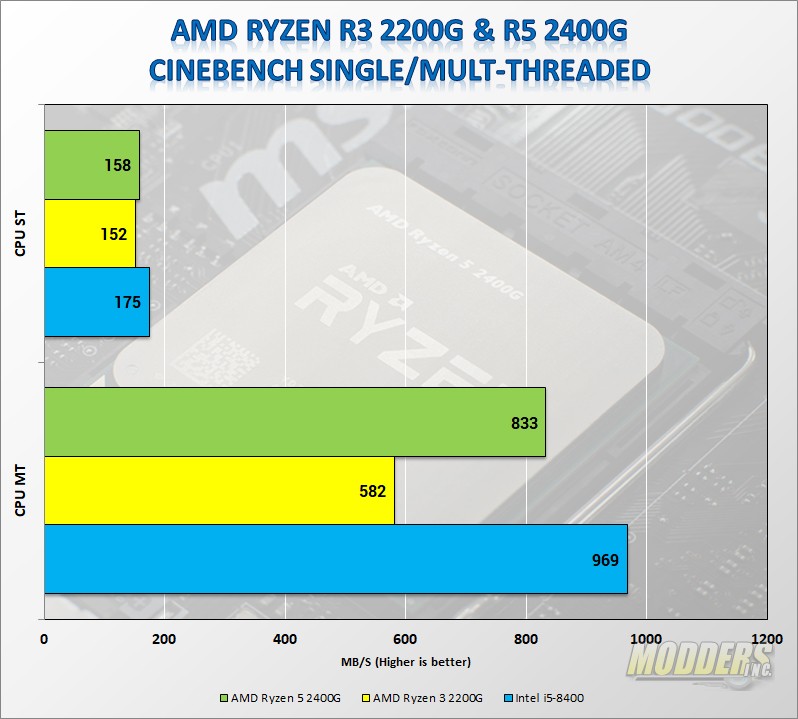
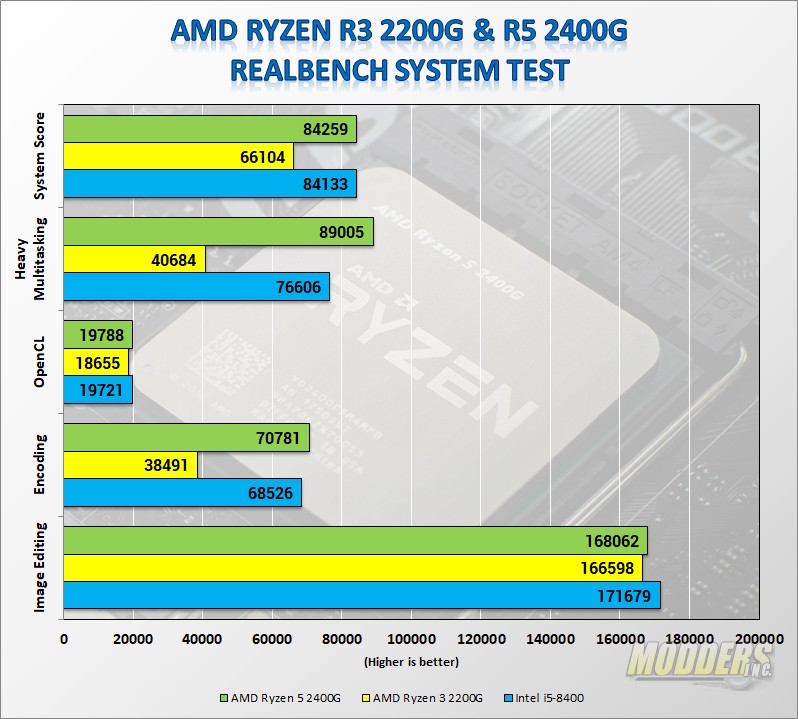
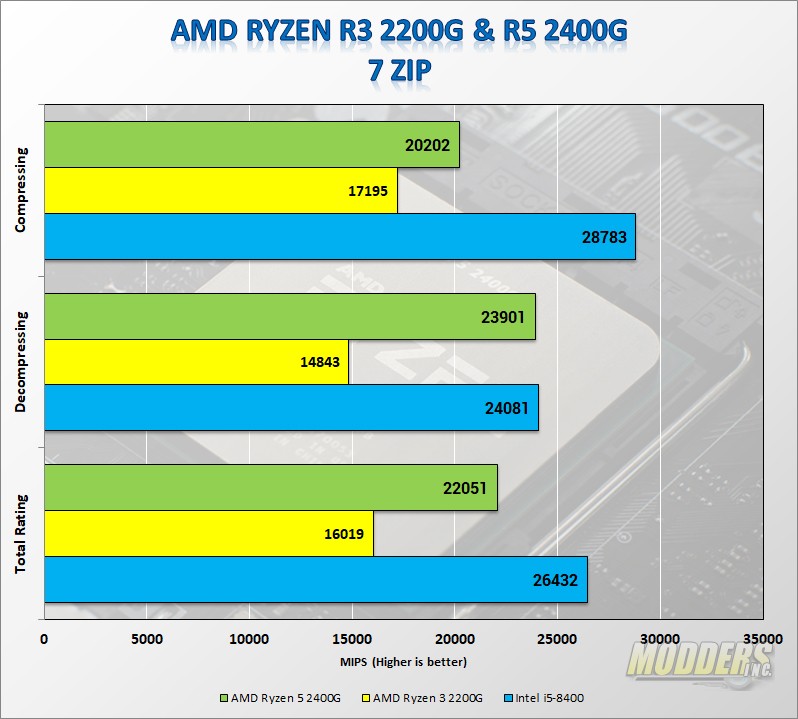
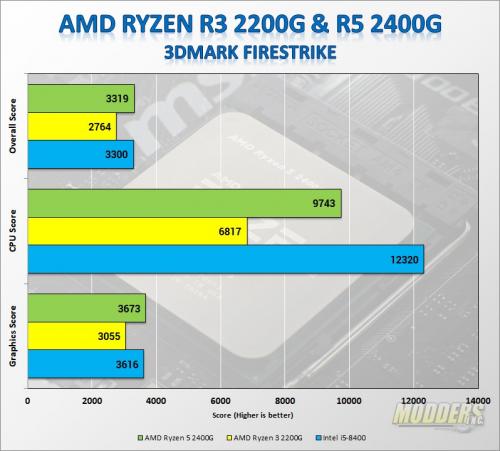
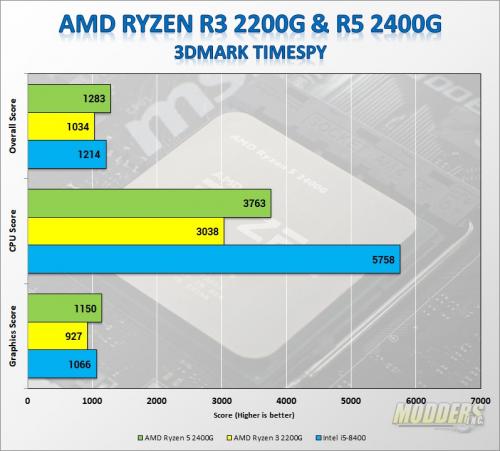
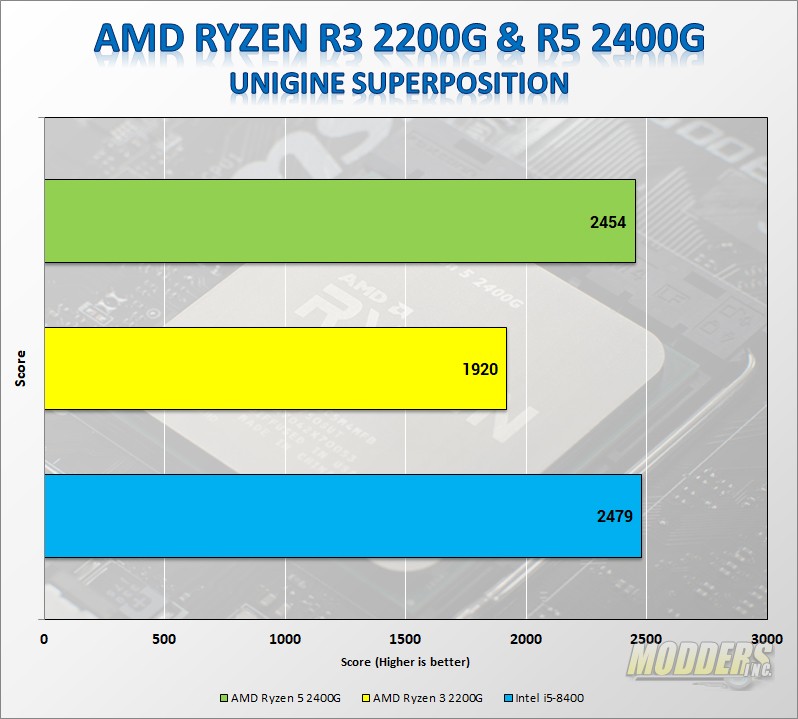
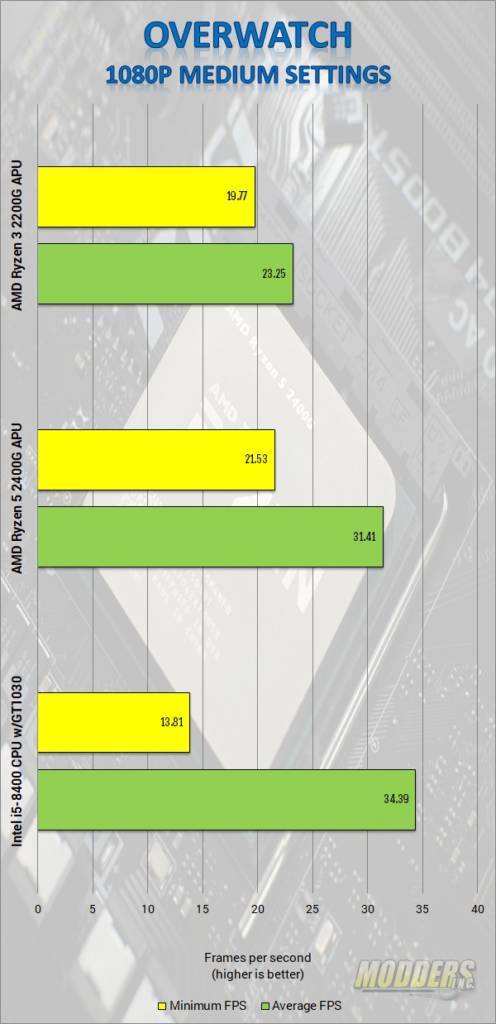
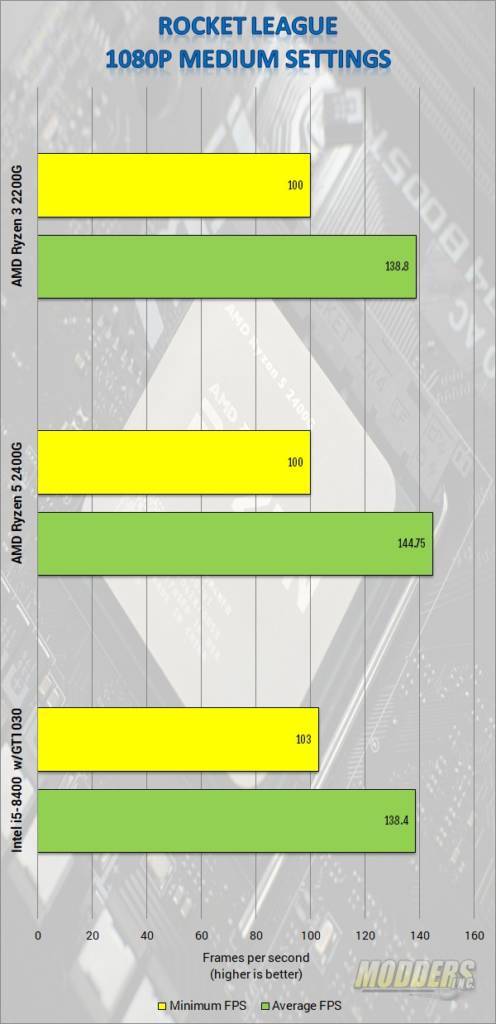
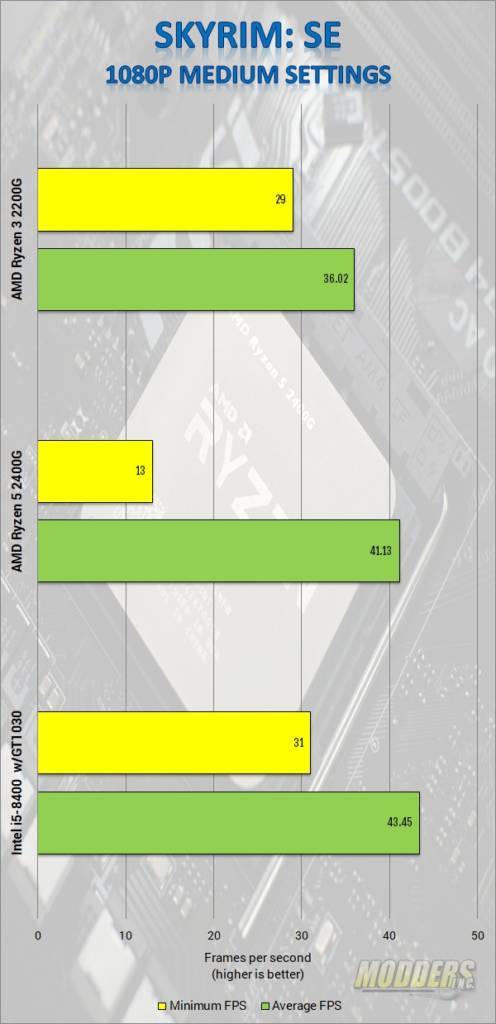
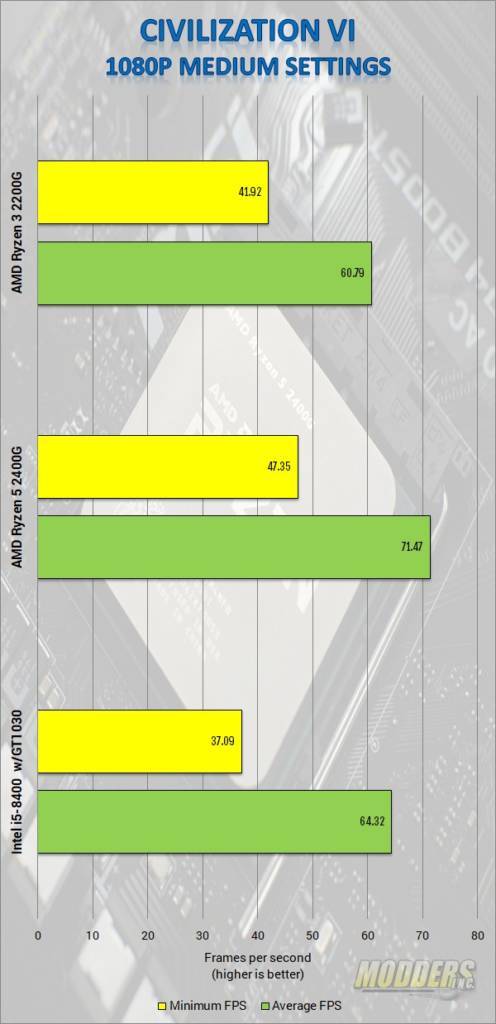
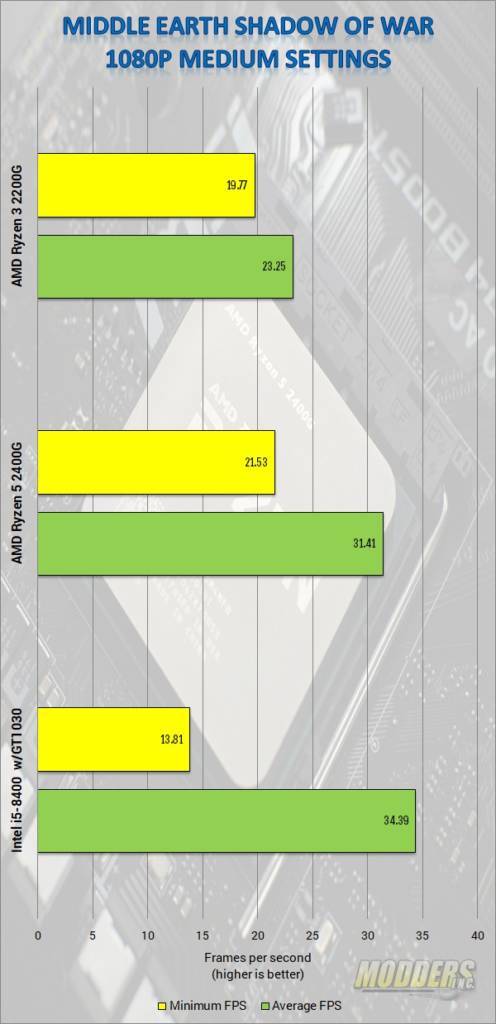
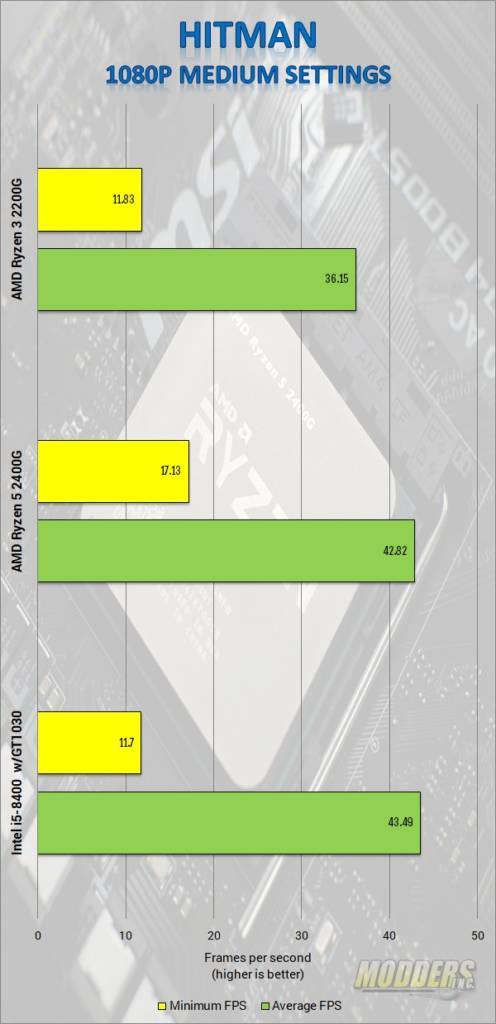
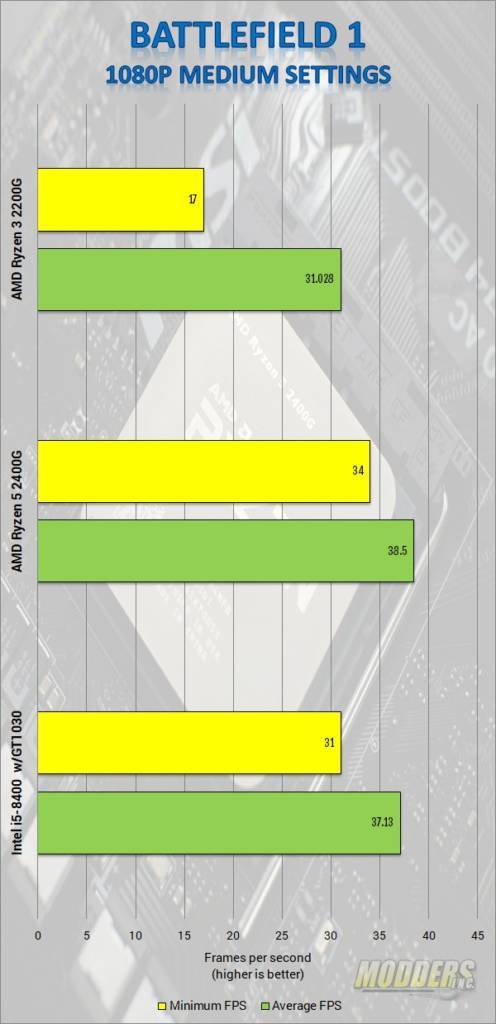
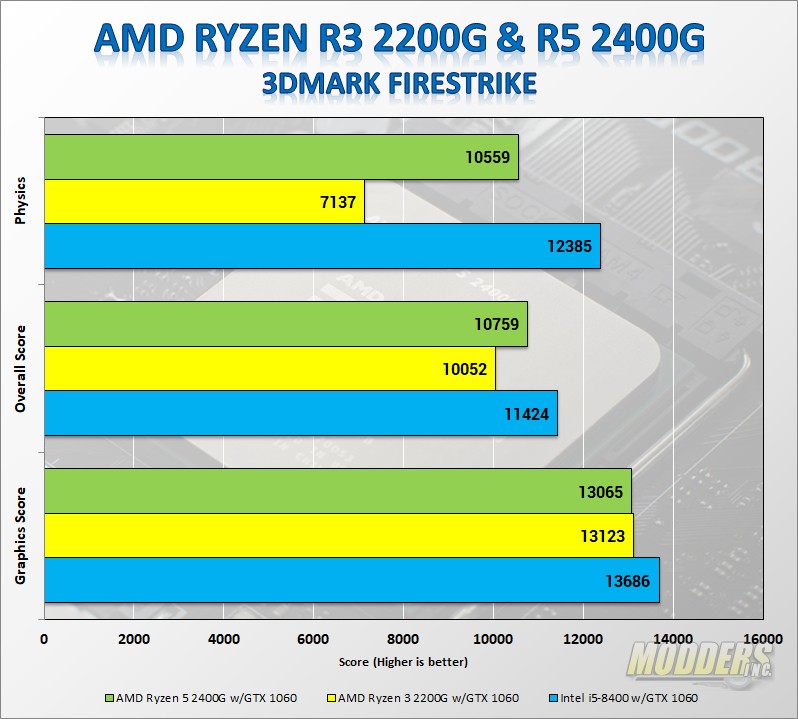
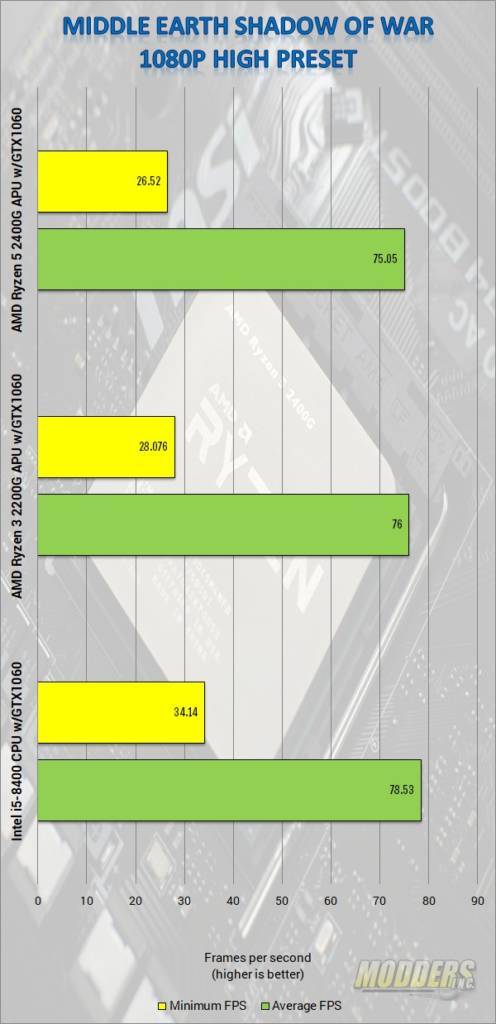
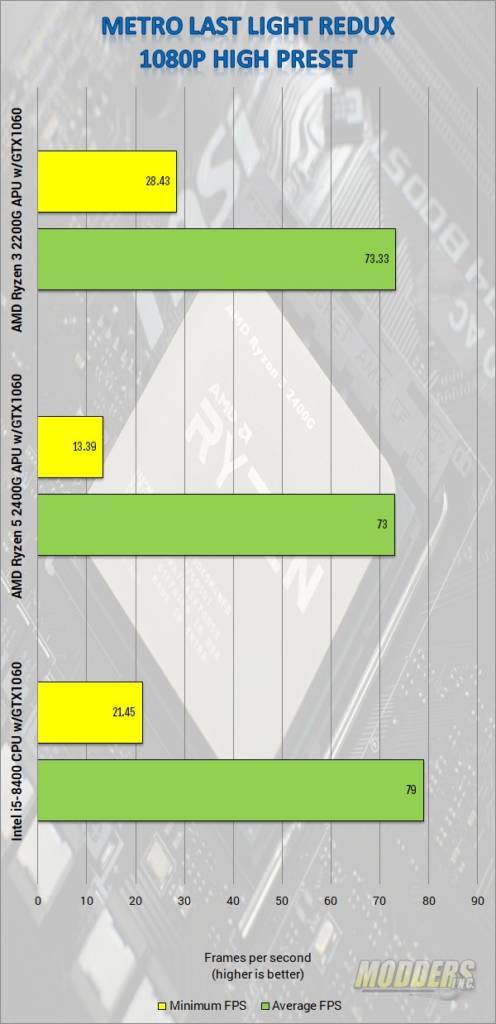

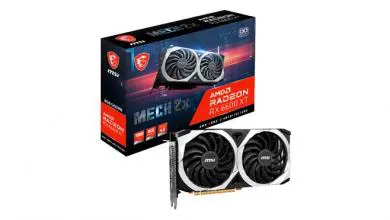
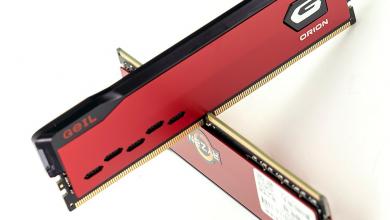
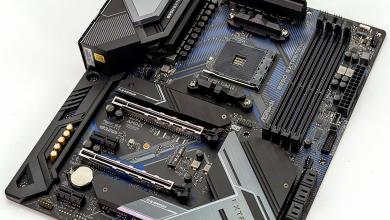
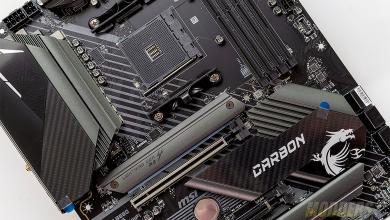
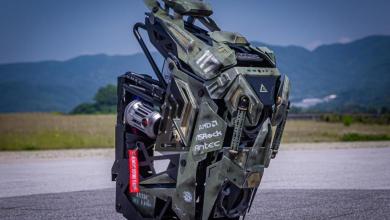

I really liked the review it was well written and I am kinda pumped about these new apu’s. Anyways I was wondering how well do these do in VR? I know y’all just got a hold of them but I am sure there are many people that would like to see how well they perform in VR. Anyways thought I would bring that up cheers!
I haven’t really thought about testing them with VR. At least not the integrated GPU with VR. I’ll take a look and see how they test out. Thanks for the suggestion.